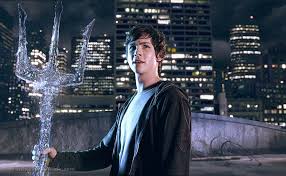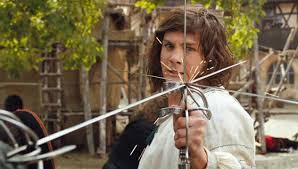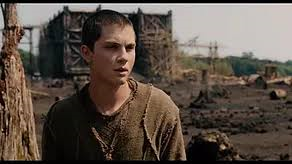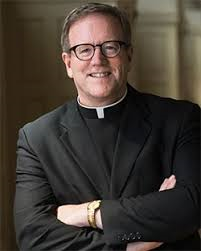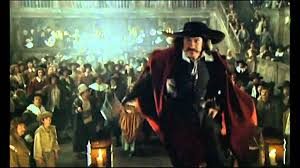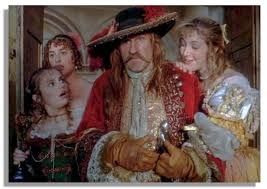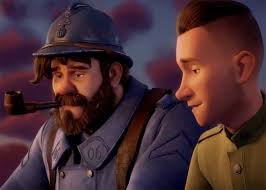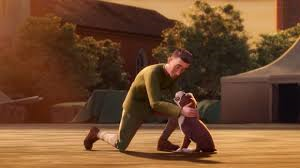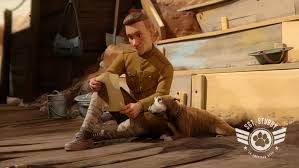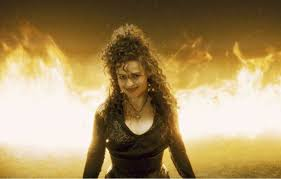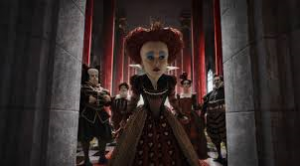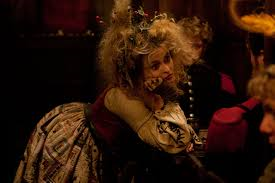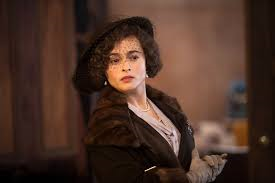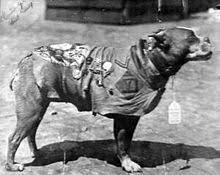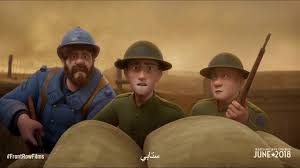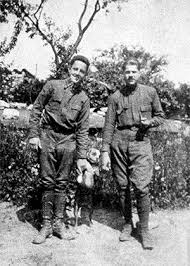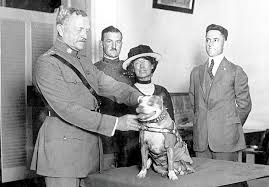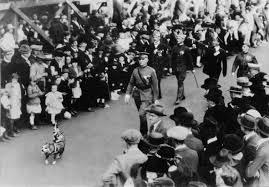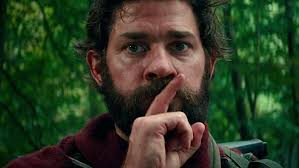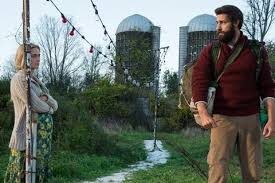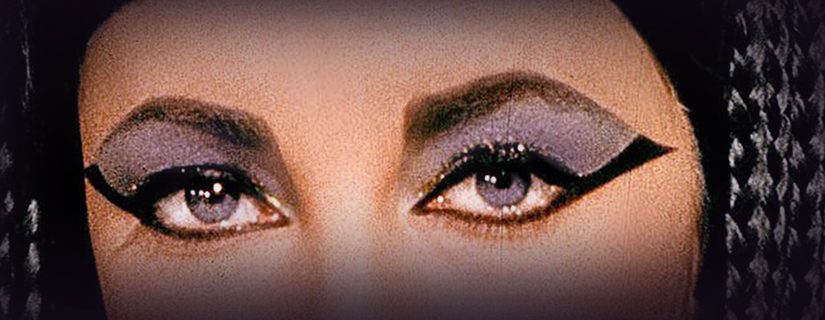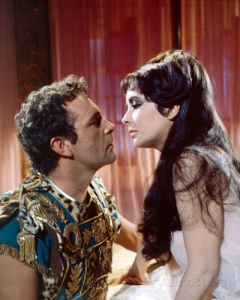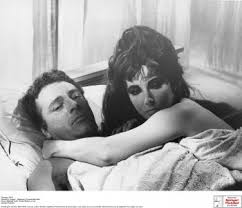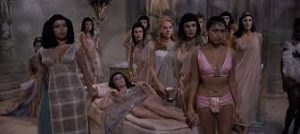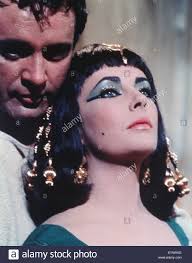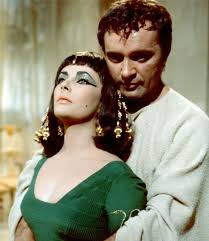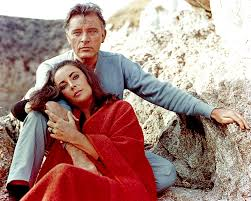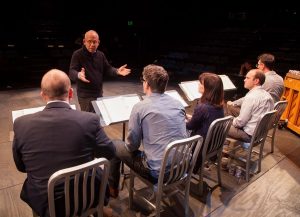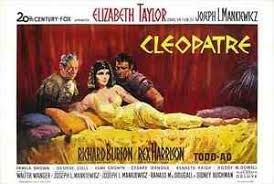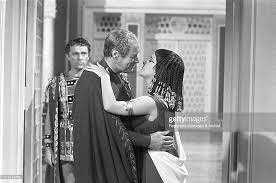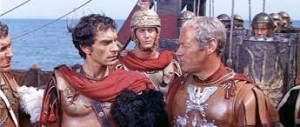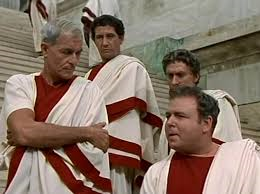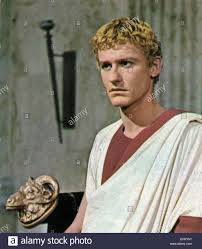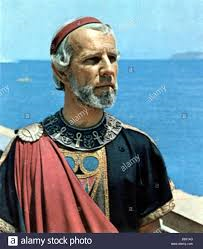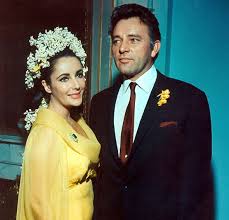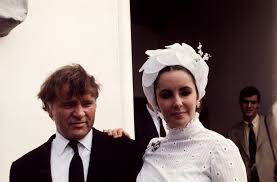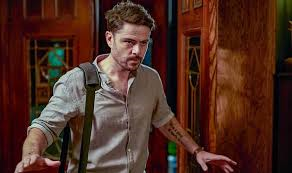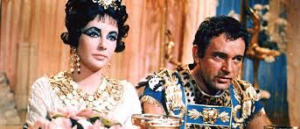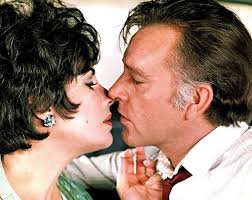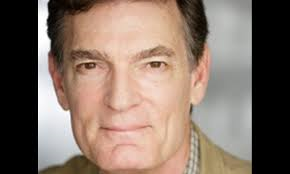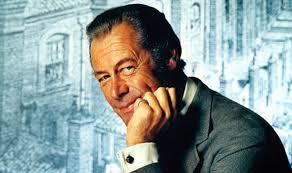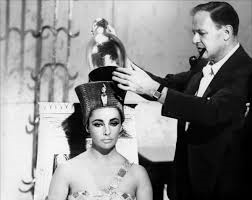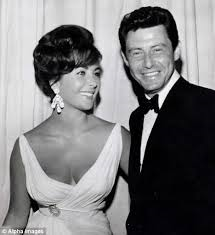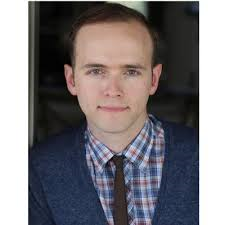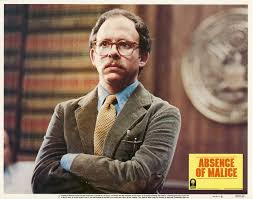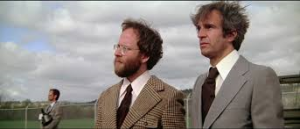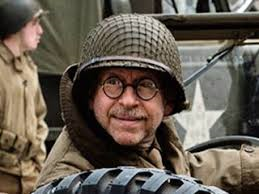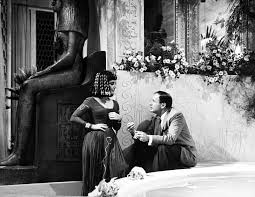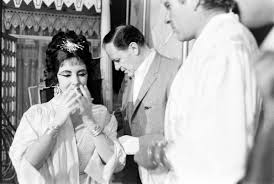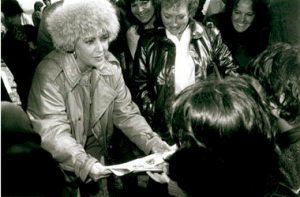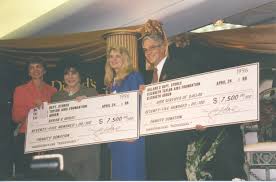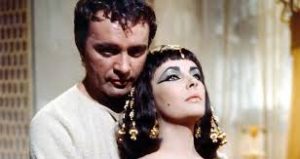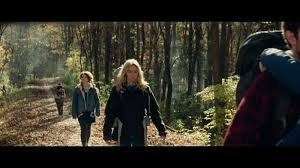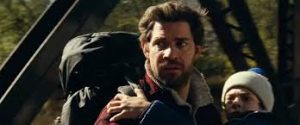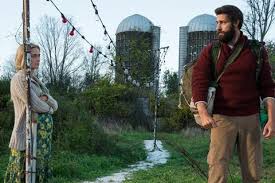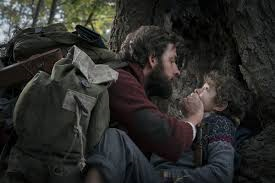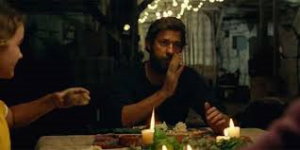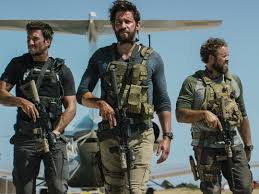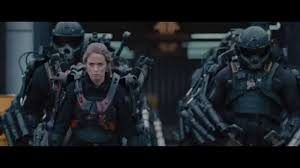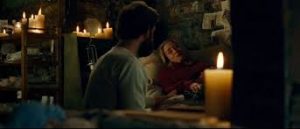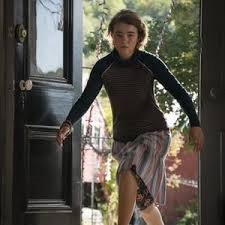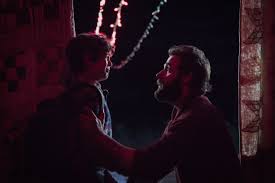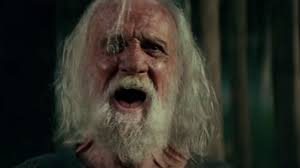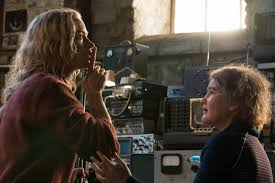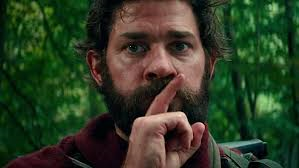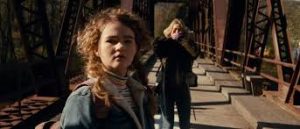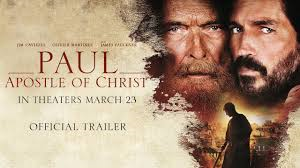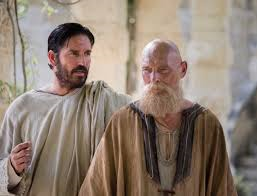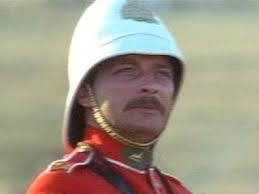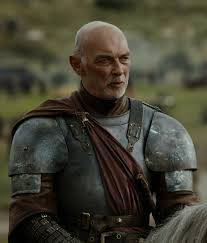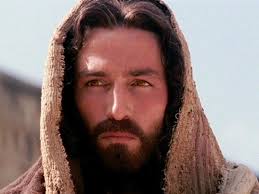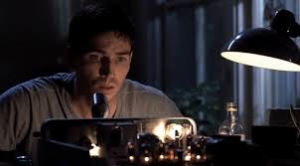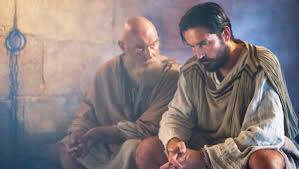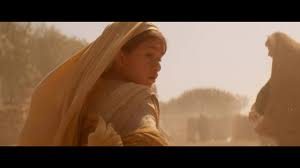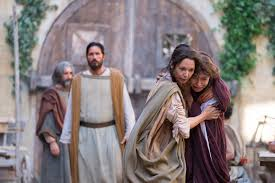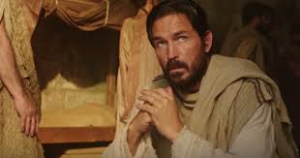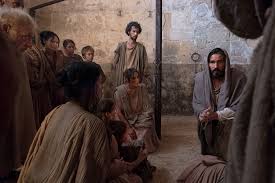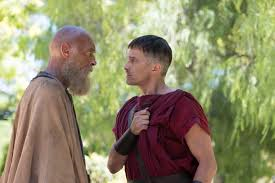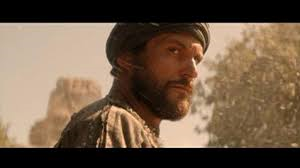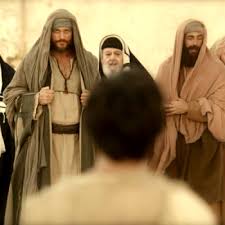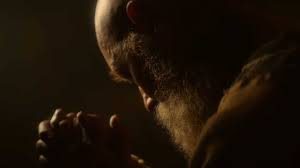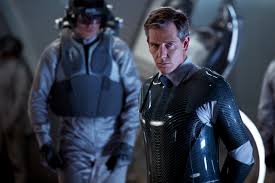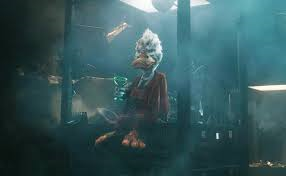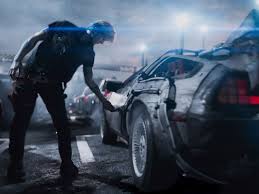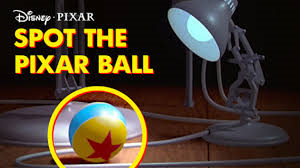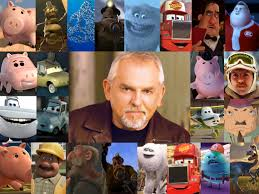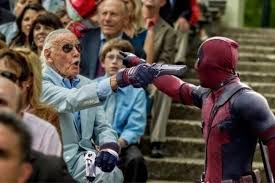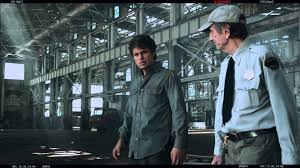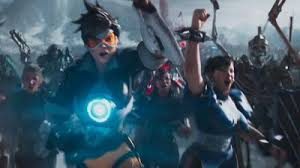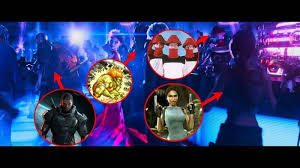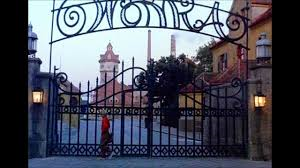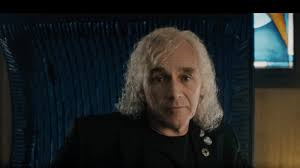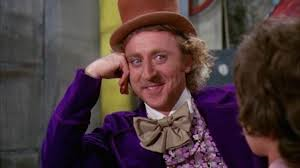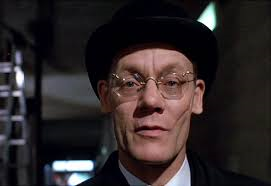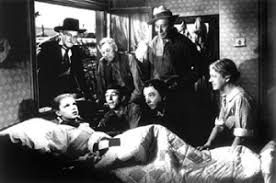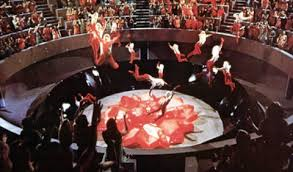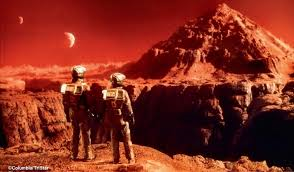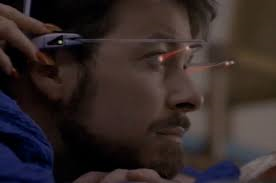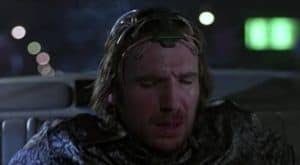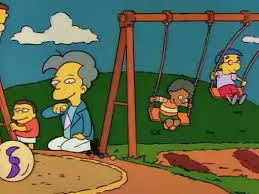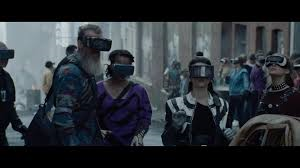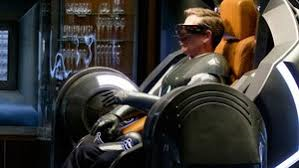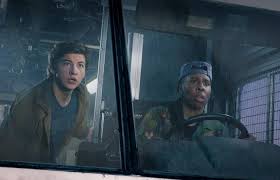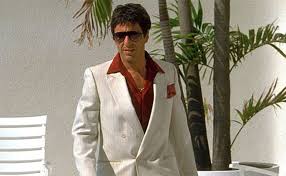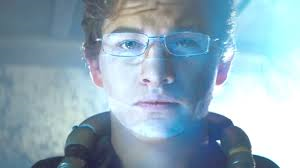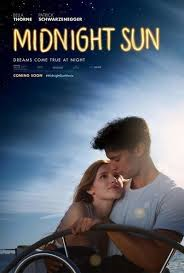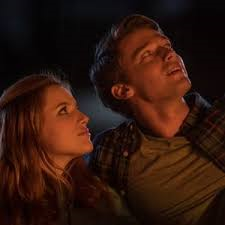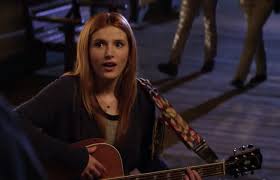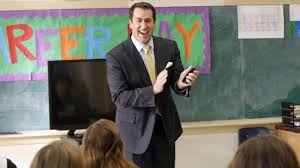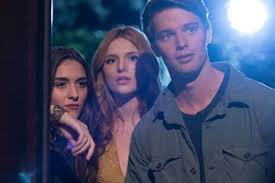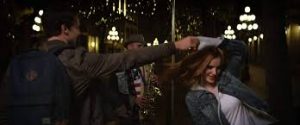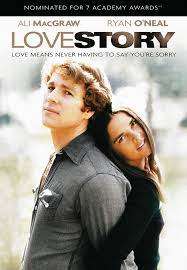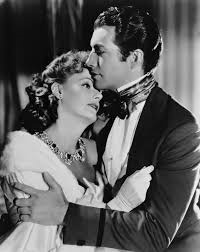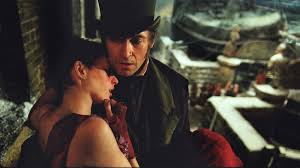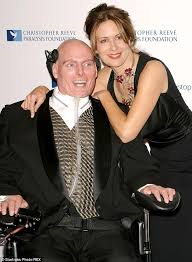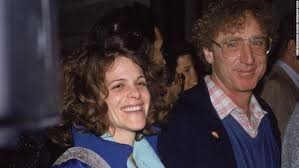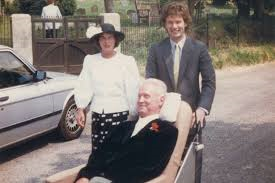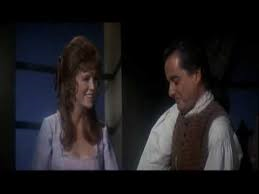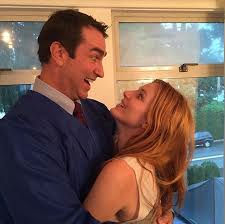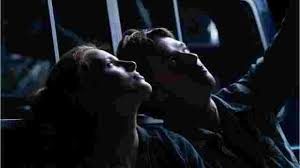SHORT TAKE:
The Miracle Season accurately and lovingly recounts the 2010 Iowa City West High School volleyball state champions' attempt to win the trophy a second time after the tragic death of their team captain and town’s indefatiguably optimistic and joyful Caroline Found.
WHO SHOULD GO:
Everybody and anybody. Especially anyone interested in sports in general and volleyball in particular. Completely clean without a single bad word, zero hanky panky, and a genuine respect for religion. However, the youngest in the family might get bored.
SOME INDIRECT BUT UNAVOIDABLE SPOILERS
LONG TAKE:
Movies have three big vehicles they use for bonding people together: putting on a show, sports, or a disaster (See my article on "Cataclysm as Marital Therapy"). The Miracle Season uses two of them, sports and disaster, to recreate a series of events which bond and heal a small town in Iowa, a heartbroken high school team, and friends and family near the epicenter of a tragedy.
The story recounts the real life events of the Found family and those who love them. Ernie Found (the versatilely talented William Hurt of everything from 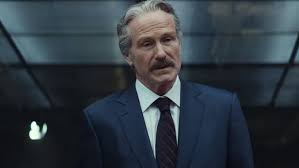 General and Secretary of State Thaddeus Ross in the Marvel movies to
General and Secretary of State Thaddeus Ross in the Marvel movies to 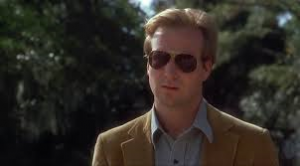 Nick the self destructive drug dealer in The Big Chill) is the
Nick the self destructive drug dealer in The Big Chill) is the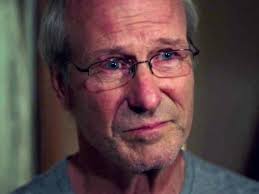
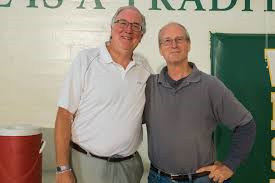 devoted husband to his
devoted husband to his  dying wife Ellyn (Jilliam Fargey) and the father of three young adults. The youngest,
dying wife Ellyn (Jilliam Fargey) and the father of three young adults. The youngest, 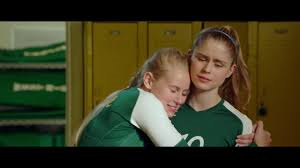 Caroline, "Line" to those who know her,
Caroline, "Line" to those who know her, (played by Danika Yarosh), is the
(played by Danika Yarosh), is the  Captain of the team and a loving, free-spirited, open hearted, energetic, joy-filled young woman whose wholesome enthusiasm for life and people is infectious and makes her a natural leader both of her team and in life to her friends. There is no spoiler, as it is the feature of the trailer that Caroline’s life was cut short by a vehicular accident.
Captain of the team and a loving, free-spirited, open hearted, energetic, joy-filled young woman whose wholesome enthusiasm for life and people is infectious and makes her a natural leader both of her team and in life to her friends. There is no spoiler, as it is the feature of the trailer that Caroline’s life was cut short by a vehicular accident.
Grief is the most challenging opponent for everyone in the film. In the movie It’s a Wonderful Life Clarence reminds George that: "Each man's life touches so many other lives. When he isn't around he leaves an awful hole, doesn't he?" The Miracle Season recounts how those touched lives heal from the terrible wound left by the loss of this young lady.
Directed by Sean McNamara, who has concentrated on true-life inspirational stories like Soul Surfer and Hoovey, The Miracle Season centers around the 2010 Iowa City State Volleyball Champions. Caroline Found is the Captain of the team and the start of their season in 2011 is off to a slow start. They lose their first few games even before the tragedy. After Caroline’s death they forfeit the next game, as their coach notes that, "They can barely brush their teeth," let alone practice or compete. Appealing to Caroline’s best friend Kelley, (Erin Moriarty) long time Coach  Kathy "Bres" Bresnahan (the terrific Helen Hunt who is at home in comedies like the charming TV show "Mad About You," dramedies like As Good as it Gets, dramas like Pay it Forward, and other inspirational films like Soul Surfer) encourages her not to give up in a "Win one for the Gipper" theme, which, ultimately falls short of what the team needs.
Kathy "Bres" Bresnahan (the terrific Helen Hunt who is at home in comedies like the charming TV show "Mad About You," dramedies like As Good as it Gets, dramas like Pay it Forward, and other inspirational films like Soul Surfer) encourages her not to give up in a "Win one for the Gipper" theme, which, ultimately falls short of what the team needs.
To add insult to injury, Dr. Found’s wife succumbs to her long illness the night after Caroline’s wake, Dr. Found’s faith sinks to a lifetime low, Bres' husband has left her, Kelley feels woefully unprepared to replace Caroline as Captain, and the girls can’t even get through practice without crying. With no where to go but up the rest of the tale addresses a courage subsequently shown by Dr. Found, the girls on the team, Kelley, and Coach Bres that all of us would be blessed to have. (NOTE: As a small but significant FYI, Dr. Found states he did not have a crisis of faith but understood the need to dramatize this point. Dr. Found's character in the movie gave voice to all of us who might question our beliefs when required to face such calamatous wrenching events, acknowledging the need to address this deep wound along with the others inflicted in terrible situations such as these, as well as the courage and resilience to think of others instead of one's own pain.)
the girls can’t even get through practice without crying. With no where to go but up the rest of the tale addresses a courage subsequently shown by Dr. Found, the girls on the team, Kelley, and Coach Bres that all of us would be blessed to have. (NOTE: As a small but significant FYI, Dr. Found states he did not have a crisis of faith but understood the need to dramatize this point. Dr. Found's character in the movie gave voice to all of us who might question our beliefs when required to face such calamatous wrenching events, acknowledging the need to address this deep wound along with the others inflicted in terrible situations such as these, as well as the courage and resilience to think of others instead of one's own pain.)
Ultimately, everyone must learn to wrestle their own anger, pain, and self doubt before healing can truly begin. This would all seem like so much soap opera tear wringing, except that it really happened. Not many movies are made about this kind of event because, thankfully, it doesn’t happen that often. But, watching The Miracle Season, I was reminded of another movie that dealt with a similar tragedy.
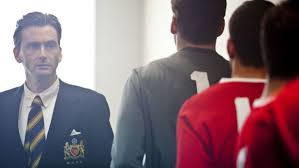 United was a BBC film starring David Tennant (best Dr. Who EVER!) about the 1958 football season which followed a take-off air crash that claimed the lives of half the Manchester United football team,
United was a BBC film starring David Tennant (best Dr. Who EVER!) about the 1958 football season which followed a take-off air crash that claimed the lives of half the Manchester United football team,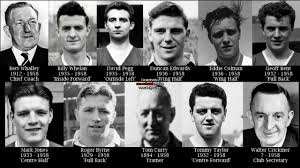 leaving two of the remaining team members too injured to ever play again. Nonetheless, the chief coach and assistant manager (Tennant) managed to pull together a team from the survivors, reservists and a few new signers which made it to the FA Final Cup in 1958.
leaving two of the remaining team members too injured to ever play again. Nonetheless, the chief coach and assistant manager (Tennant) managed to pull together a team from the survivors, reservists and a few new signers which made it to the FA Final Cup in 1958.
Both United and The Miracle Season are beautifully and movingly done memorials to the tragedy and the stalwart perseverance, courage and fortitude shown by the survivors and their loved ones.
Rarely, outside of a Marvel movie, have fellow audience members stayed through the credits, the way I normally do. Although patrons sounded as though they had come down suddenly with a slight head cold and kleenexes were pulled out, to a person they stayed put as video clips, biographical notes,  photos and interview bites were displayed alongside the cast and crew credits.
photos and interview bites were displayed alongside the cast and crew credits.  Photos of Caroline Found, interview segments with Dr. Found, video of Mrs. Found’s trembling courageous smile as she painfully walked down the church aisle at her daughter’s wake, sports announcers who did color,
Photos of Caroline Found, interview segments with Dr. Found, video of Mrs. Found’s trembling courageous smile as she painfully walked down the church aisle at her daughter’s wake, sports announcers who did color,  clips of the real team, and headlines about the team during this incredible season all testified to the detail accuracy of the film we had just watched. And, in what I thought was justifiable pride, the clip of the final point from the real game was played – and showed it had been dead on accurately and honestly re-created in the movie.
clips of the real team, and headlines about the team during this incredible season all testified to the detail accuracy of the film we had just watched. And, in what I thought was justifiable pride, the clip of the final point from the real game was played – and showed it had been dead on accurately and honestly re-created in the movie.
I have played volleyball in both high school and college. I was not very good. But I played enough to at least recognize good when I see it. The girls in the news clips were amazing and the actresses who played the girls in the movie did a fine job re-enacting some very tricky plays. I really enjoyed the presentation of the games.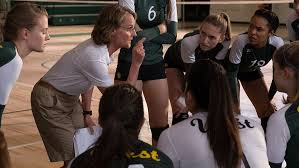 The writer neither dwells on nor avoids obscure minutia of playing techniques
The writer neither dwells on nor avoids obscure minutia of playing techniques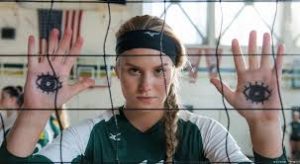 but employs volleyball-ese routinely in the dialogue. The director, McNamara, respects the audience and trusts his own editing and filming choices to believe that we viewers will get it – and we do.
but employs volleyball-ese routinely in the dialogue. The director, McNamara, respects the audience and trusts his own editing and filming choices to believe that we viewers will get it – and we do.
They do not make the mistake of over-using the trope of players' overcoming flaws as pivot points of the story but doesn't ignore them either. He allows those small victories to organically build to the final outcome of the Championship moments.
Much like the effective scene in A Chorus Line where the same dance move is repeated in quick succession by a variety of the participants, we see the West team members at various times spike, serve, block, and bench press. This visual exercise both exemplifies the unity of the teammates as well as serves to demonstrate their individual characters, and serves the pragmatic purpose of adding face time to each player, helping identify each player instead of having them blend unrecognizably into one blur of "team".
There is no Karate Kid bad guy. 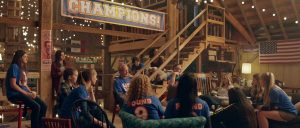 The only antagonists are illness and accident – the everyday ordinary crises we all face in one form or another, to one degree or another. The winning, as The Miracle Season so beautifully points out, is in how we handle the disasters we are given to face, the gratitude to God with which we face them, and the ability we show to continue to do our best regardless of the odds.
The only antagonists are illness and accident – the everyday ordinary crises we all face in one form or another, to one degree or another. The winning, as The Miracle Season so beautifully points out, is in how we handle the disasters we are given to face, the gratitude to God with which we face them, and the ability we show to continue to do our best regardless of the odds.
The Miracle Season is an inspiration,  not just as a well made sports movie but as an example of shining through even the most terrible of personal tragedies for the benefit of others, if not for yourself.
not just as a well made sports movie but as an example of shining through even the most terrible of personal tragedies for the benefit of others, if not for yourself.
Sports, at its best, pushes our personal limits, tests our spirit, challenges us to overcome our weaknesses, and reveals the best within us that perhaps we didn't even know was there. Sport champions, at their best, demonstrate these exercises in obtaining virtue. The champions in the Iowa City West high school volleyball team not only had to push through the physical pains of the game but had to learn to deal with the far more brutal agony of grief. Those who loved Caroline Found were champions, not for any accomplishments on the court but because they learned to face all of their pain and showed us how it's done in The Miracle Season.


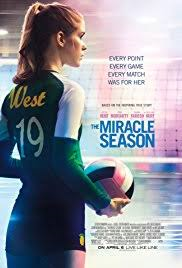

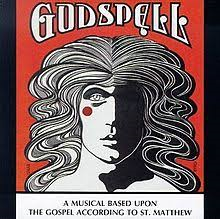



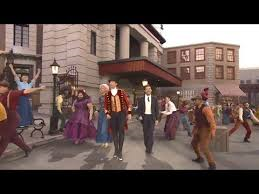
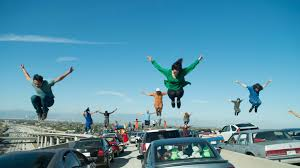
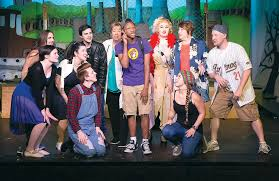













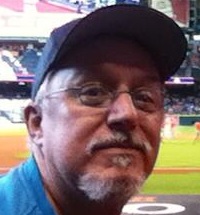
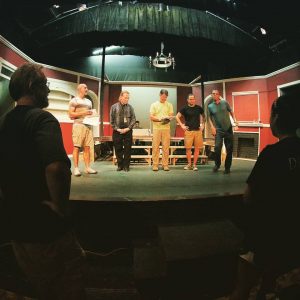
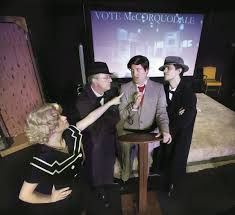
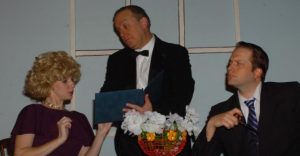
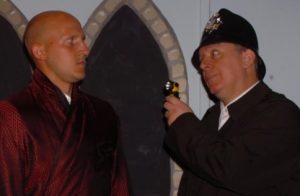
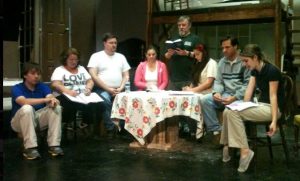

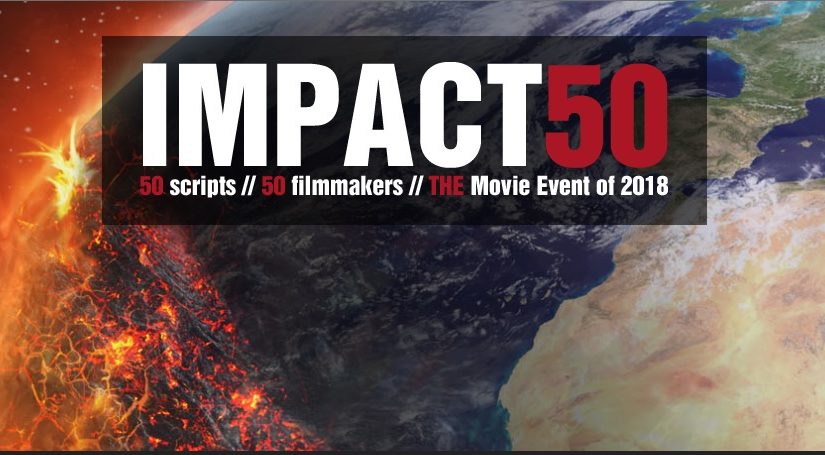

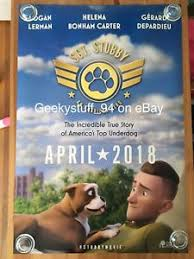
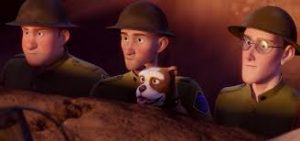


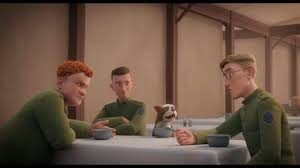

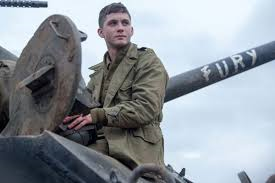 Fury, the
Fury, the 